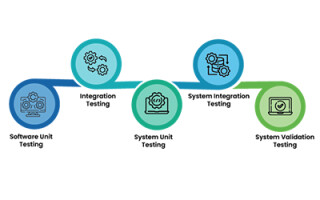Bursting with compact performance
February 13, 2017

Mini-ITX CPU board for POI/POS applications with small and compact dimensions but dual or quad core performance. Two specific chassis are available to guarantee the perfect fit.
| Mini-ITX CPU Board – KINO-DQM170 |
For POI/POS applications small, compact systems are needed in order to use them in confined space. What matters all in all is high performance with little waste heat. There are four Intel® CoreTM Mobile i7, i5, i3 and Celeron® processors to choose from. The dual-core or quad-core versions manage with maximum thermal heat of 25W or 45W respectively. Sufficient memory capacity is also provided because the Mini-ITX board can be equipped with max. 64GB DDR4 SDRAM memories. Over two HDMI 1.4 and one HDMI 2.0 (each 4K UHD) or one LVDS port (Full HD) three independent displays can be actuated. Apart from one lead out external DC output of 12VDC, there are two RS-232/422/485, three RS-232 and four SATA 6Gb/s as well as four USB 3.0 / 2.0 interfaces available. By customer request the KINO-DQM170 can be precisely fitted. ICP offers for this purpose two chassis that are designed with different mounting options (wall, desktop and VESA). The EBC-3220 is conceived with only one 2.5” HDD bay for compact dimensions (190x180x55mm). In contrary, the second chassis EBC-3200 provides additional space for multiple expansion options such as PCI/PCIe slots and up to two 2.5” HDD bays.
ICP. Industrial Computer Products …by people who care!






